

— Blogs —
—Products—
 Consumer hotline +8618073152920
Consumer hotline +8618073152920 WhatsApp:+8615367865107
Address:Room 102, District D, Houhu Industrial Park, Yuelu District, Changsha City, Hunan Province, China
Product knowledge
Time:2025-11-01 15:50:34 Popularity:244
A campus automatic weather station is a professional meteorological monitoring system designed for schools and educational research institutions. It continuously collects real-time weather data to support teaching, research, campus safety, and environmental management.
Main monitored parameters: temperature, humidity, wind speed, wind direction, rainfall, solar radiation, air pressure, negative oxygen ions, and air particles (PM2.5/PM10).
Compared with ordinary weather stations, campus stations focus more on educational, research, and management applications — supporting meteorological courses, providing real-world data for scientific experiments, and enhancing campus safety monitoring.
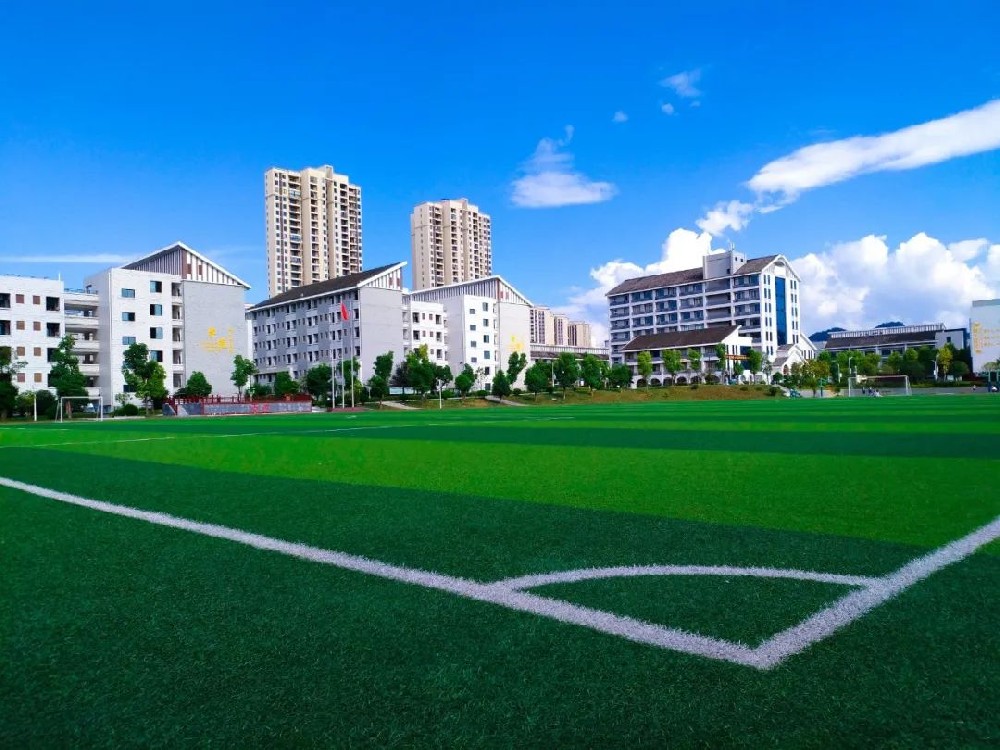
Function: Measures ambient temperature and relative humidity for experiments, outdoor activities, and environmental control.
Principle: Digital or capacitive sensors output temperature and humidity signals via the data acquisition module.
Function: Monitors wind conditions to ensure outdoor safety.
Principle: Mechanical cup or ultrasonic sensors calculate air flow velocity and direction.
Function: Records rainfall data for drainage management and student research.
Principle: Tipping bucket or weighing rain gauges accumulate precipitation and output electronic signals.
Function: Measures sunlight intensity for research and photovoltaic education.
Principle: Photoelectric sensors convert light intensity into electrical signals.
Function: Monitors atmospheric pressure for weather trend analysis.
Principle: MEMS or piezoelectric sensors output real-time pressure data.
Function: Measures air ion concentration to support environmental health and science education.
Principle: High-sensitivity ion detectors provide real-time readings.
PM2.5/PM10 air quality monitoring
Soil moisture and temperature sensing
Integration with cloud platforms and lab data systems for remote analysis

Core elements: temperature, humidity, rainfall, wind, solar radiation
Extended options: pressure, negative oxygen ions, PM2.5
Research-grade: high precision, suitable for scientific experiments
Educational-grade: meets basic teaching needs, more affordable
Wi-Fi, 4G, or LoRa connectivity
Cloud platform and mobile visualization options available
Reputable manufacturers offer higher stability and better technical assistance
Price Reference:
Basic Educational Model: RMB 15,000–30,000 per set
Mid-Range Research Model: RMB 30,000–60,000 per set
Advanced All-in-One Model: RMB 60,000–120,000 per set
Clarify Application Goals: Teaching, research, or safety monitoring
Educational use → economical sensors
Research use → precision-grade sensors
Choose Data Platform: Cloud, web, and mobile access with real-time visualization
Environmental Adaptability: Weatherproof, UV-resistant, dustproof design
After-Sales Reliability: Choose experienced, service-oriented suppliers
Scalability: Modular systems for future upgrades like PM2.5 or soil monitoring
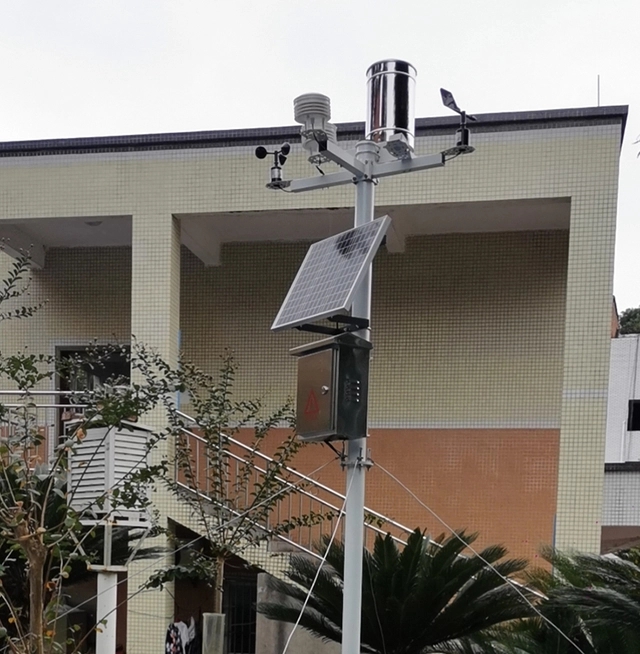
Main Station: Install in an open area free of obstructions
Substations: Deploy at playgrounds, rooftops, and labs for comparison
Adjust the number of stations based on campus size and course needs
Real-time monitoring of temperature, humidity, wind, rainfall, radiation, etc.
Historical trend analysis and automatic report generation
Accessible via PC, tablet, and mobile
Integration with laboratory systems for teaching and research data management
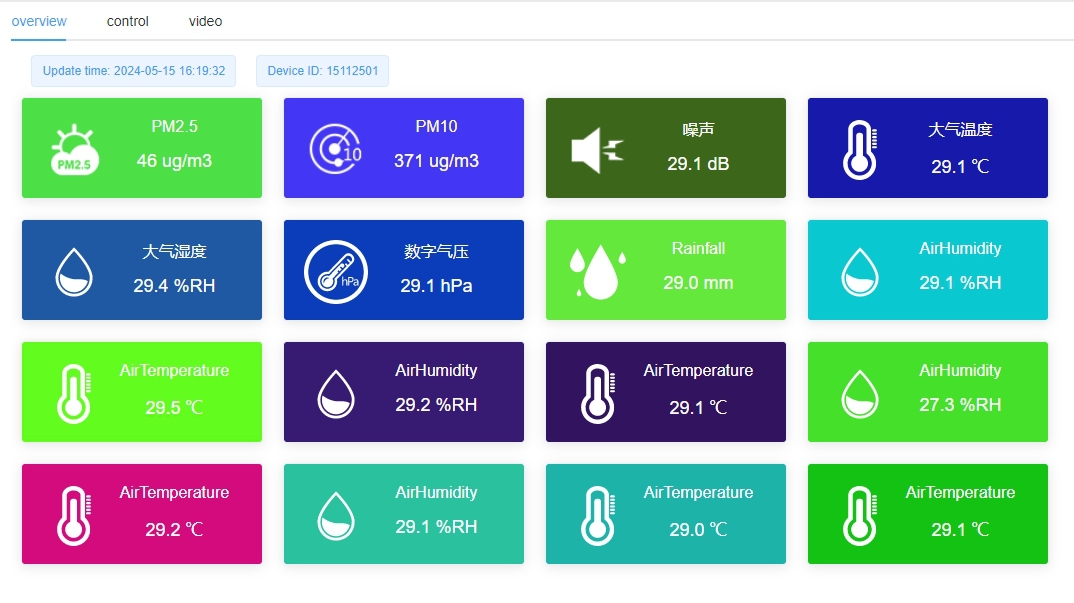
Installed temperature, humidity, wind, rainfall, and light sensors
Used data for meteorological education and lab experiments
Result: Enhanced student engagement and experimental interactivity by 25%
Campus weather station (temperature, humidity, wind, rainfall, solar radiation)
Soil moisture and temperature sensors
Teaching Experiments: Students use real-time meteorological and soil data to learn weather principles and plant–soil relationships.
Campus Greening Management: Soil data helps optimize irrigation, improving efficiency.
Environmental Education: Encourages environmental awareness and scientific inquiry.
Safety Management: Rainfall and wind data help teachers plan safe outdoor activities.
Student participation in weather and soil experiments increased significantly.
Smart irrigation saved ~15% water while improving plant growth.
Environmental data was integrated into science curricula, promoting data-driven learning.
Teacher and parent satisfaction with campus safety and education rose notably.
Modular design enables easy expansion
Remote calibration and technical support provided
Cloud platform supports upgrades for data analytics and alerts
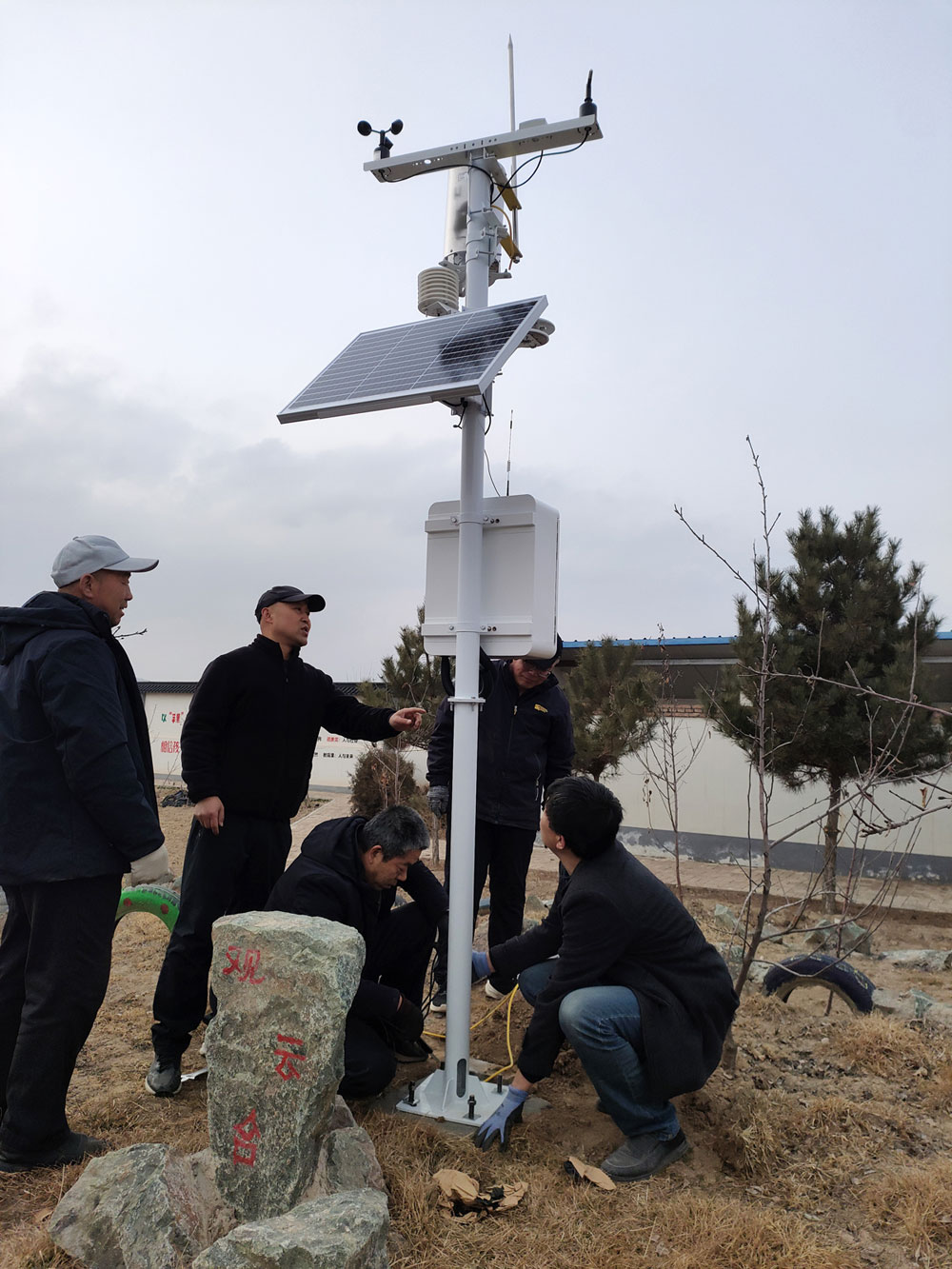
| Application | Data Use | Return |
| Teaching & Experiments | Data analysis and demonstrations | Improved course quality and engagement |
| Scientific Research | Precise environmental data | Reliable experimental results |
| Campus Safety | Wind, rainfall, air quality alerts | Reduced safety risks |
| Environmental Education | Long-term data tracking | Supports green campus initiatives |
A: It depends on monitored parameters, sensor accuracy, communication mode, and brand.
A: Only for high-precision or scientific research applications.
A: No — modular design enables setup within 30 minutes.
A: Via cloud, mobile, or PC; all data can be exported for analysis.
A: Yes, especially valuable for sports and science activities.
A: Prefer brands with proven experience, strong after-sales support, and verifiable case studies.
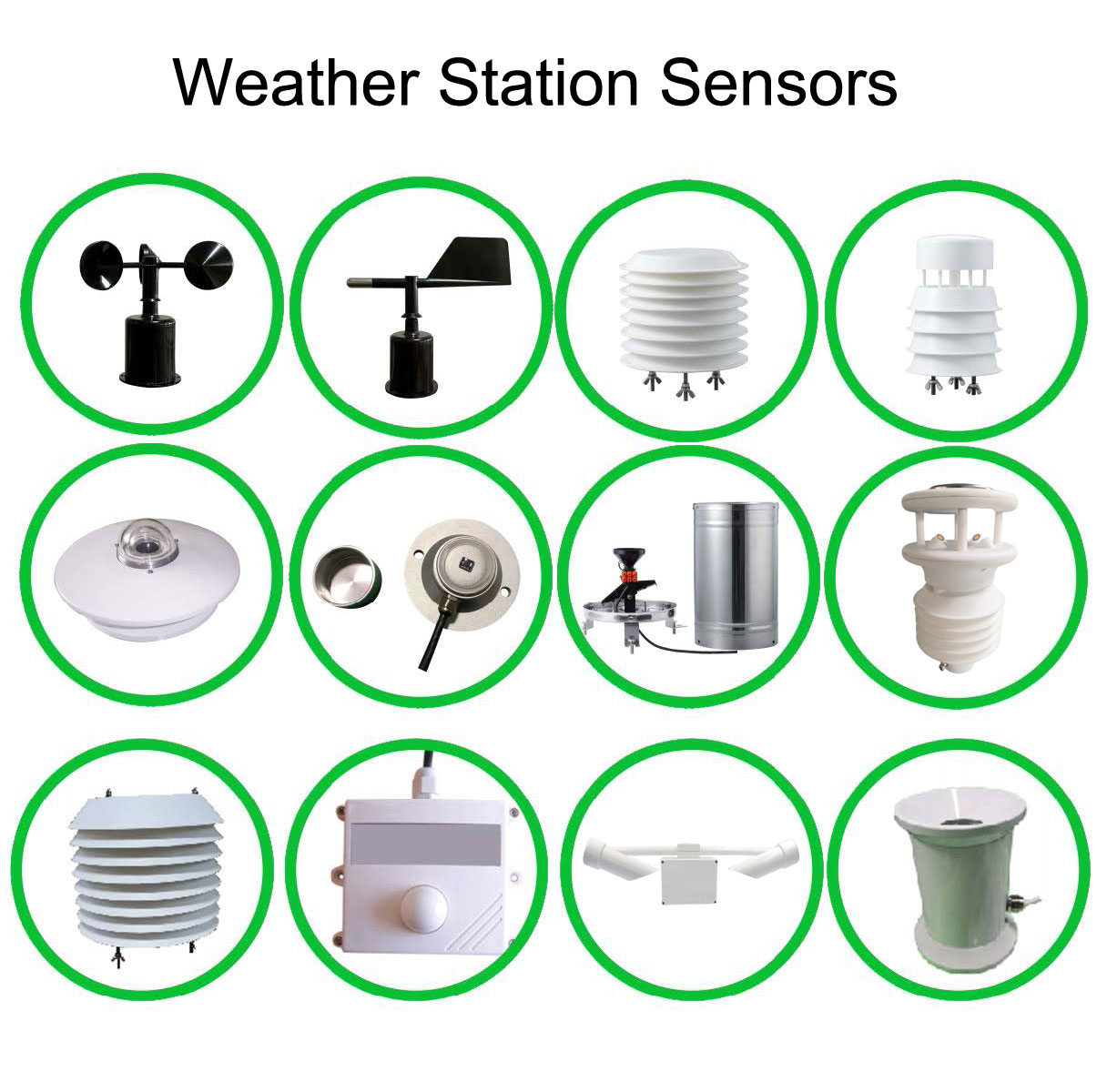
Comprehensive Monitoring: temperature, humidity, wind, rainfall, radiation, pressure, negative oxygen ions
Modular Design: scalable and customizable
High Protection: waterproof, dustproof, UV-resistant
Cloud Platform: real-time monitoring, historical trends, remote alerts
Reliable Brand: proven in multiple schools nationwide with full calibration and technical support
Contact Niubol for Customized Campus Weather Station Solutions:
Request a tailored plan
Download the product brochure
Book a remote demonstration
Email: sales@niubol.com
Prev:Tourism Weather Station Manufacturer Selection and Application Guide
Next:Photovoltaic Environment Monitoring Station — Pricing and Selection Guide
Related recommendations
Sensors & Weather Stations Catalog
Agriculture Sensors and Weather Stations Catalog-NiuBoL.pdf
Weather Stations Catalog-NiuBoL.pdf
Related products
 Combined air temperature and relative humidity sensor
Combined air temperature and relative humidity sensor Soil Moisture Temperature sensor for irrigation
Soil Moisture Temperature sensor for irrigation Soil pH sensor RS485 soil Testing instrument soil ph meter for agriculture
Soil pH sensor RS485 soil Testing instrument soil ph meter for agriculture Wind Speed sensor Output Modbus/RS485/Analog/0-5V/4-20mA
Wind Speed sensor Output Modbus/RS485/Analog/0-5V/4-20mA Tipping bucket rain gauge for weather monitoring auto rainfall sensor RS485/Outdoor/stainless steel
Tipping bucket rain gauge for weather monitoring auto rainfall sensor RS485/Outdoor/stainless steel Pyranometer Solar Radiation Sensor 4-20mA/RS485
Pyranometer Solar Radiation Sensor 4-20mA/RS485
Screenshot, WhatsApp to identify the QR code
WhatsApp number:+8615367865107
(Click on WhatsApp to copy and add friends)
